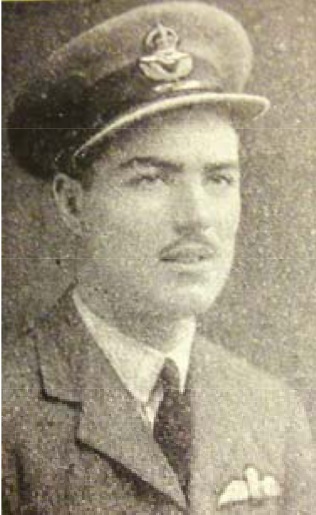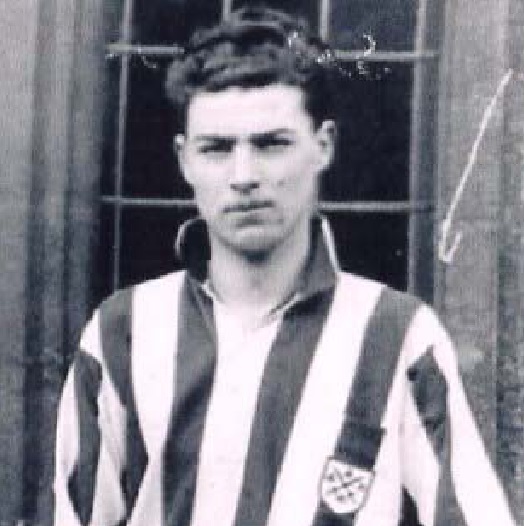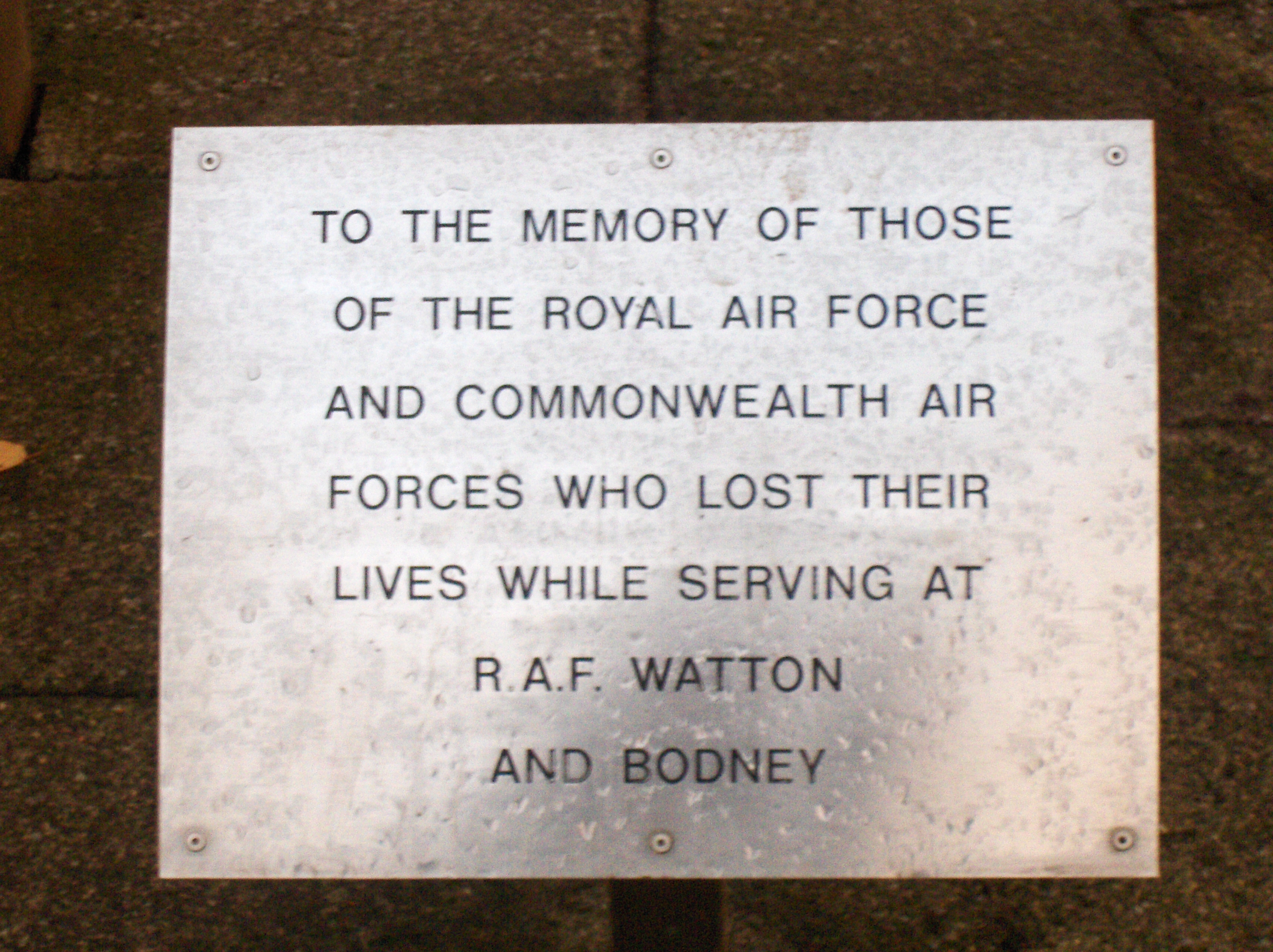| John was born in Huntingdon on 31 October 1919. (His birth was registered as “Harold”, but he was always known as John). He was the eldest son of Harold John Palmer and Constance Pauline nee Butler, who had married in Huntingdon in 1915. His father was a farmer. When John joined The King’s School as a boarder on 16/1/1934 from Ramsey Grammar School his family lived at 141, Great Whyte, Ramsey. He was confirmed by the Bishop at Peterborough Cathedral on 4 April 1935. At King’s, John was a member of the Arts and Sciences Society. He played Ladvenu in the School’s 1936 production of Saint Joan. He was on the rugby team 1935-36 and 1936-37 and on the hockey team 1936, 1937 and 1939. In 1936 he passed his Oxford Higher School Certificate (with a credit in Physics) and became a prefect and highly popular Head of School House. Friends later described him as tall and well-built, adding that he was kind and “used to laugh a lot”. In spring 1937, a glowing tribute to him was printed in The Petriburgian, which mentioned, among his many other achievements, that he had been responsible for starting the House Library. After leaving on 24 July 1937, he became a pig breeder. John was living at Hawthorns, Great Whyte, Ramsey when he joined the R.A.F. in March 1939. His service number was 42020. His commission as Acting Pilot Officer from 29 April 1939 appeared in the London Gazette on 19 May 1939. He trained at Desford and at Kinloss, where he received his Flying Badge on 11 August 1939. His appointment as Pilot Officer from 6 November 1939 was announced in the London Gazette on 20 February 1940. He was with 90 Squadron on 17 November 1939 when he took off from RAF Upwood in Blenheim I serial number L1350, to practice flying on one engine. He was injured when he overshot the landing area. On 11 July 1940 he was serving in 82 Squadron. He took off from RAF Watton in Blenheim IV R3690 UX-, heading for targets in Bordeaux. During the sortie the aircraft crashed. Though badly burned and suffering concussion and shock, his first thoughts are stated to have been for the welfare of his crew (Sergeants K. Howard and K.W.J. Farley), who later testified to his “outstanding bravery and fearlessness”. He was treated in Edith Cavell Hospital, Belgium before transferring to a Prisoner of War camp in Germany. While imprisoned he was promoted to Flying Officer from 6 November 1940 (published London Gazette 14 February 1941), and later to Flight Lieutenant from 6 November 1941 (published 20 January 1942). John remained imprisoned until his death in a German camp hospital on 6 December 1942. On 12 February 1943 the Peterborough Advertiser commented that he was “a very fine character, beloved by all who knew him, and
bravely bore his long incarceration and illness”. The report included the message that Lieutenant Patrick Butler had sent to John’s parents: “His tremendous spirits brought humour and life to all our Company. Towards the close his great fortitude never failed him, and the day before his death he recalled that it was time he wrote home again, and when I suggested his dictating the letter to me he replied: ‘No, I’ll do it myself tomorrow’. The following afternoon he went to sleep and passed away quietly in the evening”. John’s “heroic and gallant death” was recorded in 1943 in The Petriburgian, which commented he would be remembered for “his cheerfulness, and the enthusiasm with which he took to all that he did, and which brought him so many friends, and such solid success in the form-room, and enabled him to become an officer and a pilot of great promise in the R.A.F. |


